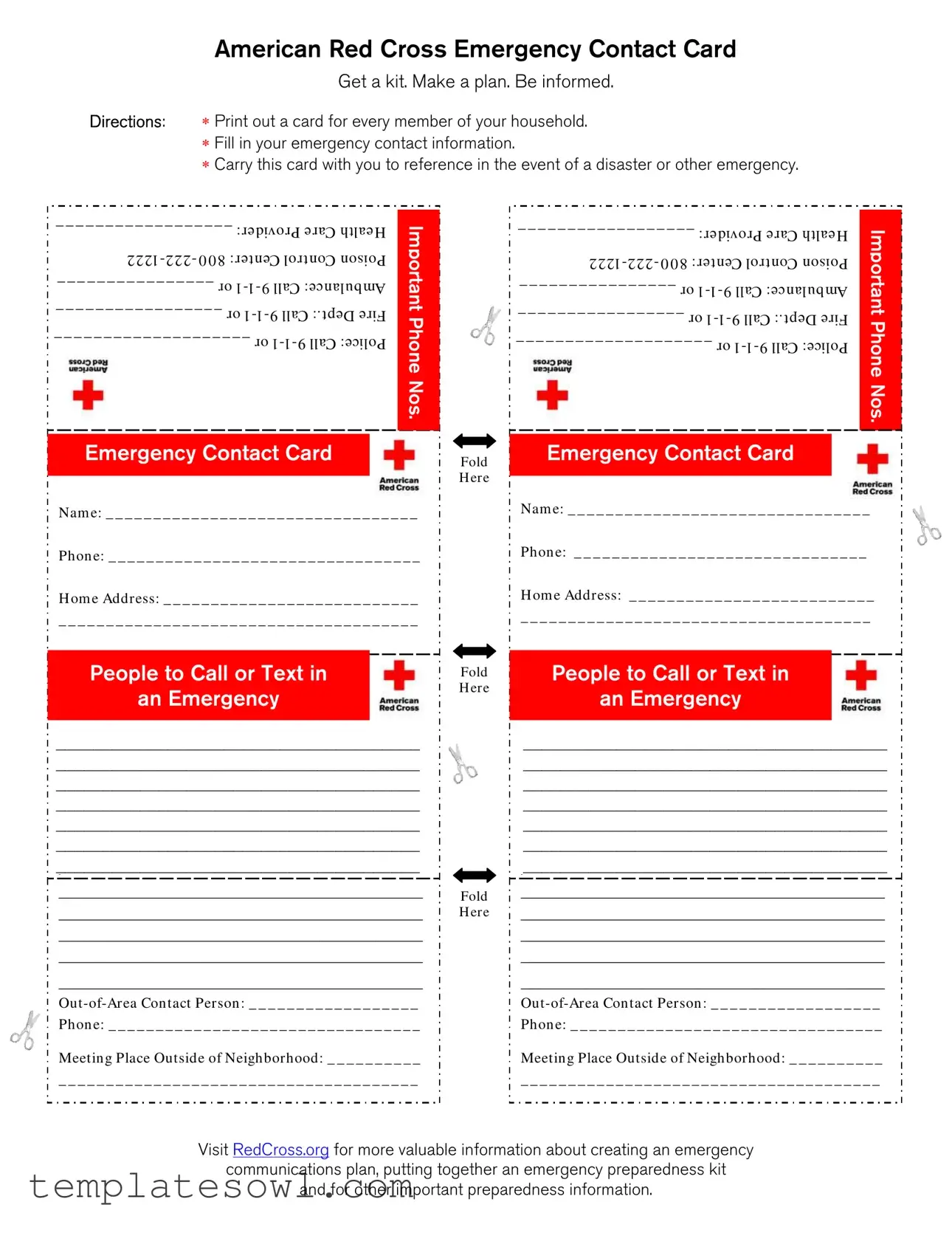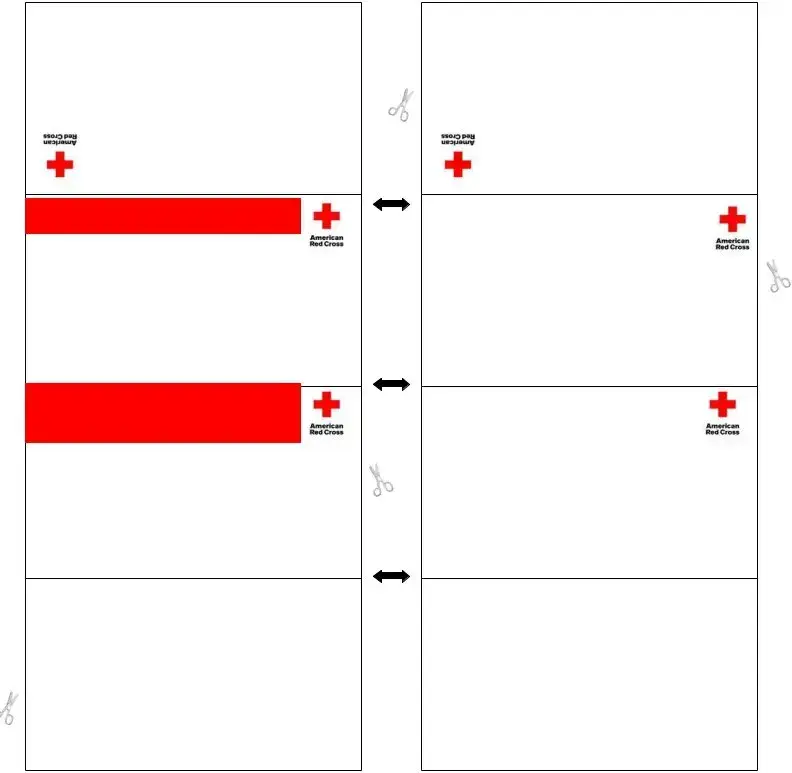What is the purpose of the Emergency Card form?
The Emergency Card form serves as a vital tool for families and individuals during times of crisis. Its primary purpose is to ensure that critical contact information is readily accessible in the event of an emergency. This card allows individuals to communicate effectively with emergency responders and loved ones, thereby enhancing the overall safety and preparedness of your household.
Who should fill out the Emergency Card?
Every member of your household should have their own Emergency Card filled out. This includes children, adults, and even pets in some cases. Each card should contain specific emergency contact information so that everyone can be accounted for and reach out for help if necessary.
How do I use the Emergency Card in an emergency?
In an emergency, simply carry your Emergency Card with you or keep it in a designated place in your home or car. When you require assistance, refer to the card for crucial information, such as emergency contacts, phone numbers for local services, and a meeting place outside of your neighborhood. Being prepared in this manner helps to alleviate panic during stressful situations.
What information should I include on the Emergency Card?
Your Emergency Card should include the following information: your name, phone number, home address, and a list of people you can call or text in an emergency. Additionally, it's wise to provide an out-of-area contact person and a designated meeting place outside your neighborhood. This ensures that you have a clear plan and designated contacts, enhancing your safety during emergencies.
Can I use the Emergency Card for natural disasters?
Yes, the Emergency Card is particularly useful during natural disasters, such as floods, hurricanes, or wildfires. The information on the card allows you to inform responders about your situation and helps ensure that your loved ones are safe. It bolsters your preparedness strategy, ensuring that everyone knows how to reach out or where to go when disaster strikes.
How should I store or carry the Emergency Card?
It is advisable to print out the Emergency Card for each person in your household and keep it on their person. You can also store it in a secure, easily accessible place in your home, such as on the refrigerator or inside a backpack. The goal is to have the card handy and easy to find during a moment of crisis.
What should I do if my contact information changes?
If your contact information changes, it's crucial to update your Emergency Card immediately. Keeping your information current ensures that emergency responders and loved ones can reach you. Regularly reviewing and updating your card – particularly after significant life changes like moving or new phone numbers – is an effective way to maintain preparedness.
Where can I find additional resources for emergency preparedness?
For more information about emergency preparedness, you can visit the American Red Cross website at RedCross.org. They offer valuable resources for creating an effective emergency communication plan, assembling a preparedness kit, and understanding emergency protocols. Being informed is a significant step toward ensuring your safety and the safety of your loved ones.
Is there a cost associated with the Emergency Card?
No, the Emergency Card is free to use. You can download and print it from various sources, including the American Red Cross website. Investing time in filling out the card is a small but impactful step towards safeguarding your family's well-being in emergencies.

